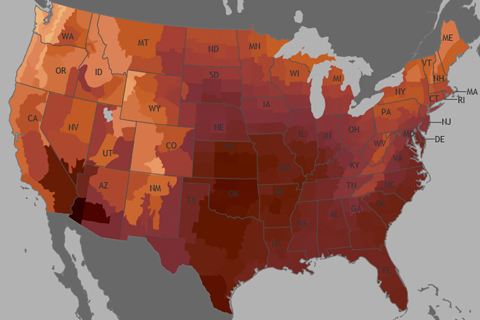
July 2012 wasn’t just the hottest July on record, it was the hottest month ever recorded for the contiguous United States since records began in 1895.

July 2012 wasn’t just the hottest July on record, it was the hottest month ever recorded for the contiguous United States since records began in 1895.
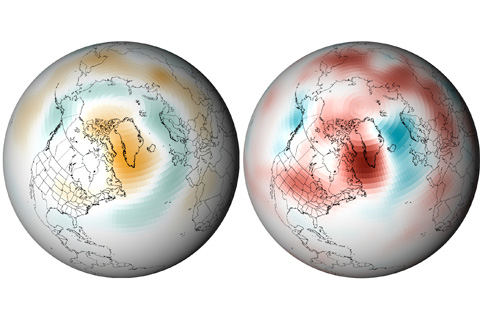
A series of unusually strong, long-lasting high pressure systems has parked over Greenland this summer. As many a weather forecaster has explained, high pressure generally leads to calm winds and sunny skies, both of which boost temperatures during the all-day sunshine of mid-summer at high latitudes. The conditions contributed to widespread melting of the ice sheet.
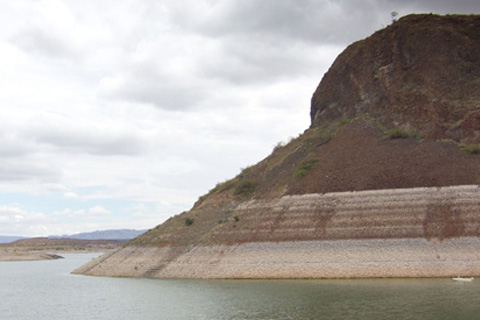
The current drought in the Southwest is not drier or longer-lasting than historic episodes documented in tree rings, but the current dry conditions stand out from the historical record by being hotter, according to Jonathan Overpeck, professor of geosciences at the University of Arizona.

July 30, 2012

July 20, 2012
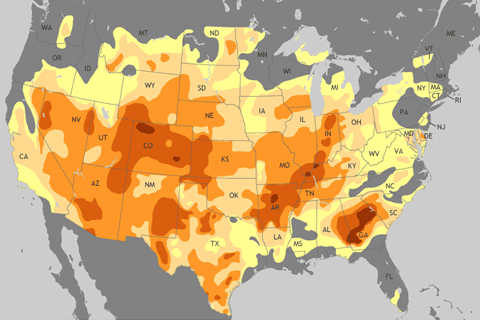
In early July 2012, conditions throughout most of the contiguous 48 states ranged from abnormally dry to exceptional drought.
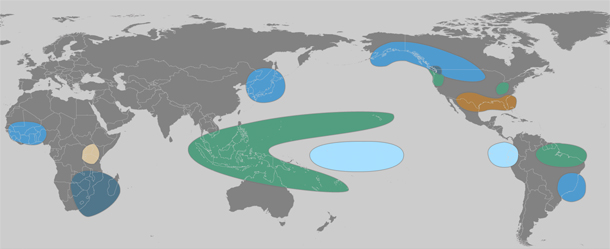
The lead character in the 2011 climate story was La Niña—the cool phase of the El Niño-Southern Oscillation—which chilled the central and eastern tropical Pacific at both the start and the end of the year. These natural cooling events have a long reach: many of the big climate events of 2011, including famine-inducing drought in East Africa, an above-average hurricane season in the Atlantic, and record rainfall in many parts of Australia, are common “side effects” of La Niña.
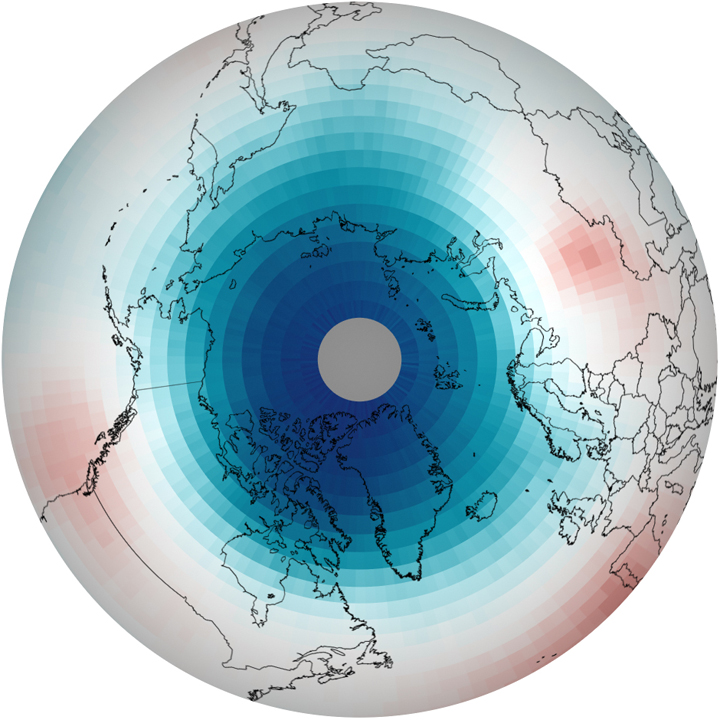
In the spring of 2011, scientists observed the largest, most severe ozone destruction ever witnessed in the Arctic since records began in 1978, due in part to the fact that CFCs stick around in the atmosphere for a very long time. Climate maps reveal the cause to be unusually persistent cold temperatures.
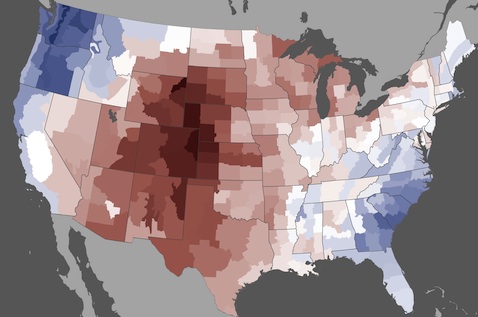
Scorching temperatures during the second half of June 2012 broke or tied over 170 all-time temperature records in cities across America.
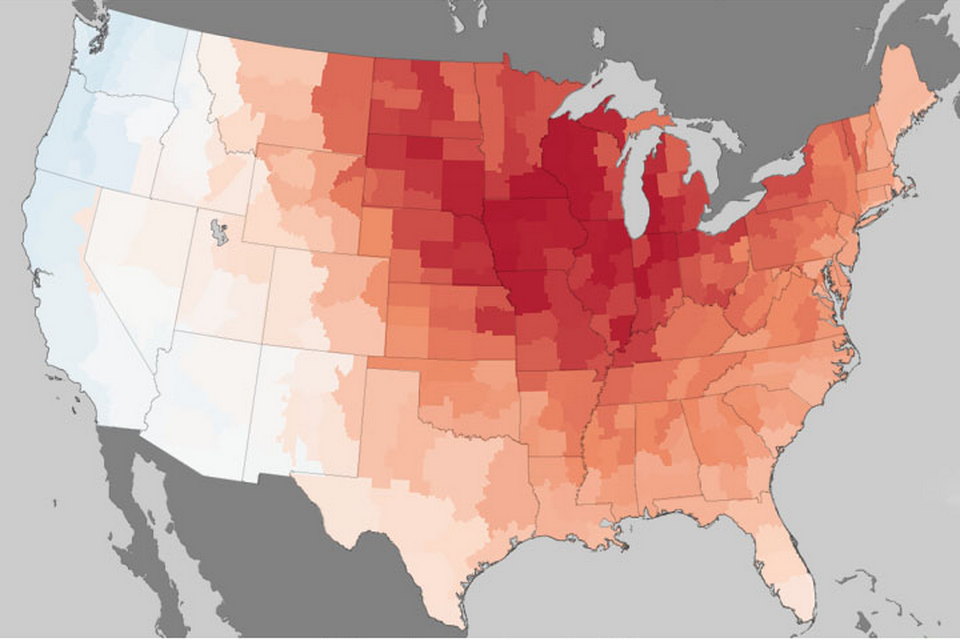
Record and near-record breaking temperatures dominated the eastern two-thirds of the nation and contributed to the warmest March in the contiguous United States since records began in 1895. The average temperature was 8.6 degrees above the 20th century average for March. In the past 117 years, only one month (January 2006) has ever been so much warmer than its average temperature.